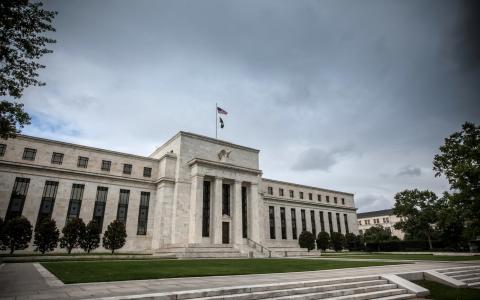
The Federal Reserve is in a bit of a transition period, after cutting interest rates to nearly zero, revving up its quantitative easing program and enacting a host of lending programs to revive the lockdown-saddled U.S. economy.
While no major moves are expected at its next meeting in June, officials including New York Fed President John Williams have been discussing more far-reaching moves, including what’s called yield curve control.
David Mericle, an economist at Goldman Sachs, outlined what he thinks is coming.
First he expects the Fed to establish a more consistent quantitative easing program, as the current purchases are done on an ad hoc basis. Mericle says the Fed will settle on a pace of roughly $80 billion to $120 billion in U.S. Treasury securities a month, and $25 billion to $35 billion of mortgage-backed securities.
He also expects a change to its forward guidance. Drawing on comments from Governor Lael Brainard, he says the Fed could say it won’t increase interest rates until the economy reaches full employment and 2% inflation. “Waiting to make sure that inflation reaches 2% before raising interest rates would seem roughly consistent with what Fed officials appear to mean by average inflation targeting — aiming for a range of 2-2.5% inflation during the expansion phase of the cycle, while stopping short of a full make-up strategy,” he says.
After the Fed clarifies its forward guidance, it could move forward with yield curve control, Mericle says, and it would move to cap interest rates, of shorter maturities, out to a horizon somewhat short of the date when the Fed forecasts its liftoff criteria will be met.
Federal Reserve Chair Jerome Powell is due to speak at 11 a.m. Eastern on Friday.
The market isn’t expecting a hike anytime soon, with Eurodollar contracts not pointing to a possibility until 2023.
The yield on every Treasury security with a maturity of 10 years or shorter is below 1%, with the 30-year yielding 1.44%.
Stocks have benefited from the Fed’s actions, with the S&P 500 SPX, -0.21% up 35% from the March lows.
This article originally appeared on MarketWatch.



